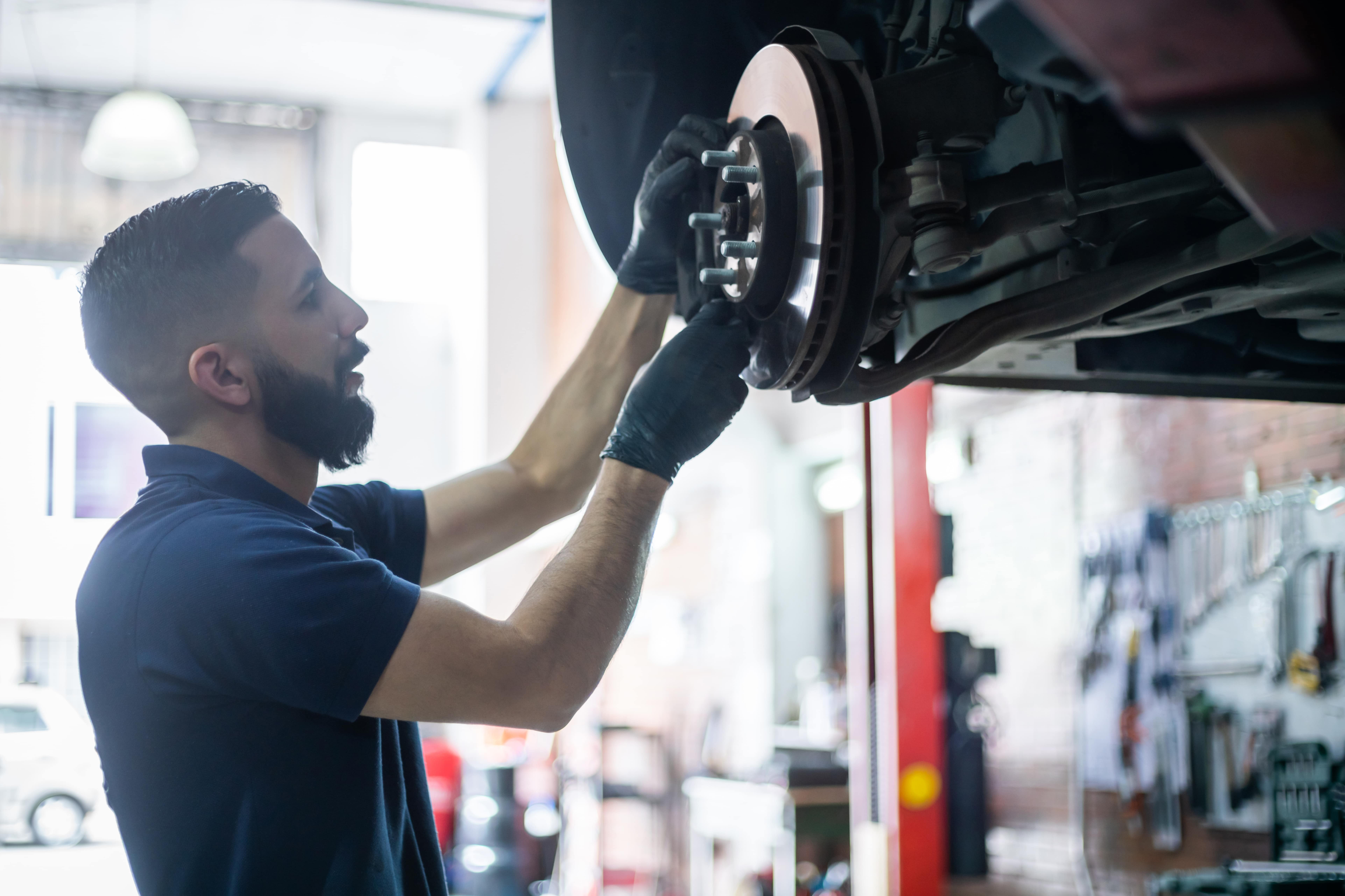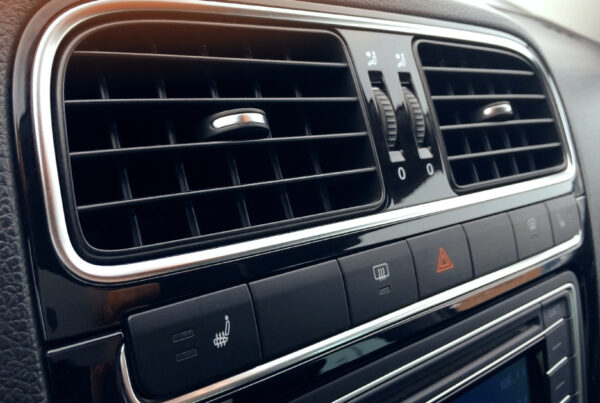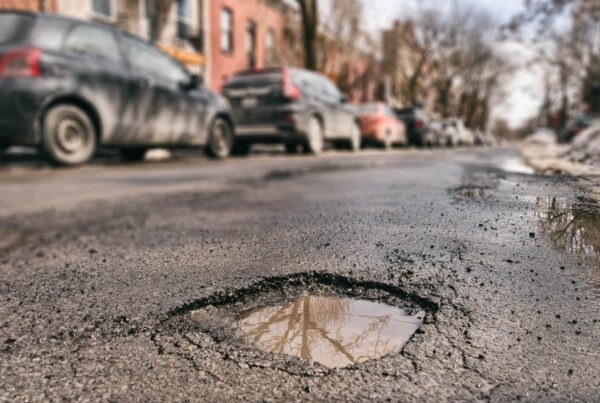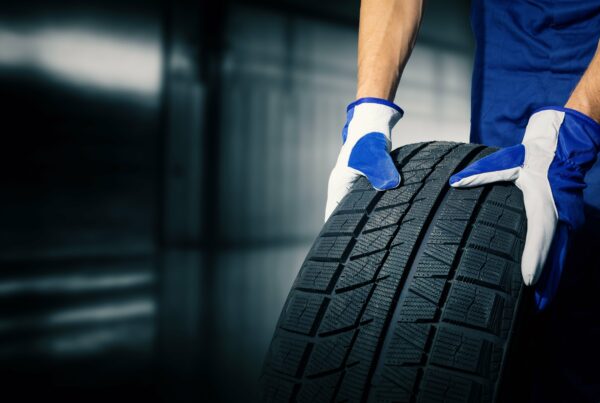Brake pads are a crucial component of a vehicle’s braking system, responsible for creating the friction necessary to slow down or stop the vehicle. Over time, brake pads wear out due to the friction they generate while braking. Knowing when to replace brake pads is essential for maintaining safe and effective braking performance. Here are some common signs that indicate it’s time to replace brake pads.
Squealing or Grinding Noises
- Squealing or Squeaking Noise: Many brake pads have a built-in indicator that emits a high-pitched squealing sound when the brake pads are worn down to a certain level. This noise is intentionally designed to alert the driver that the brake pads need replacement.
- Grinding Noise: If you hear a grinding or growling noise when applying the brakes, it often indicates that the brake pads have worn down significantly, and the metal backing of the pads is now making direct contact with the brake rotor. This can lead to rotor damage and reduced braking performance.
Reduced Brake Responsiveness
If you notice that your brakes feel less responsive or require more pedal effort to slow down the vehicle, it could be a sign that the brake pads are wearing thin.
Vibration or Pulsation
A pulsating or vibrating sensation in the brake pedal when you apply the brakes can suggest that the brake pads are unevenly worn or damaged, causing inconsistent braking performance.
Visible Indicators
- Visible Thickness: You can visually inspect the brake pads through the wheel spokes. If the pad material appears to be very thin (less than a quarter of an inch), it’s time to replace them.
- Visible Wear: Some brake pads have a small metal tab that becomes visible when the brake pads have worn down to a certain level. When this tab makes contact with the rotor, it creates a distinctive noise and indicates that replacement is needed.
Dashboard Warning Light
Some modern vehicles have dashboard warning lights that illuminate when there’s an issue with the braking system. If this light comes on, it could indicate a problem with the brake pads or other components.
Longer Stopping Distances
If you notice that your vehicle takes longer to come to a complete stop or that you need to apply more pressure to the brake pedal, it might be due to worn brake pads.
Lifespan of Brake Pads
It’s important to note that the lifespan of brake pads can vary depending on factors such as driving habits, road conditions, and the type of brake pads installed. As a rule of thumb, brake pads are often replaced every 20,000 to 70,000 miles, but it’s best to refer to your vehicle’s owner’s manual for specific recommendations.
If you’re unsure about the condition of your brake pads, Schedule An Appointment with our experts to have your brakes inspected. Regular maintenance and timely replacement of worn brake pads are essential for ensuring your safety on the road.





